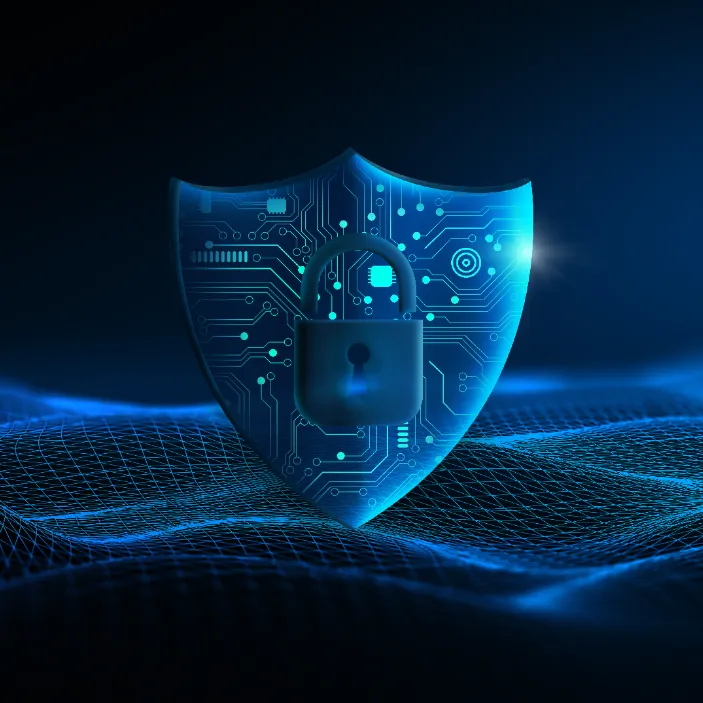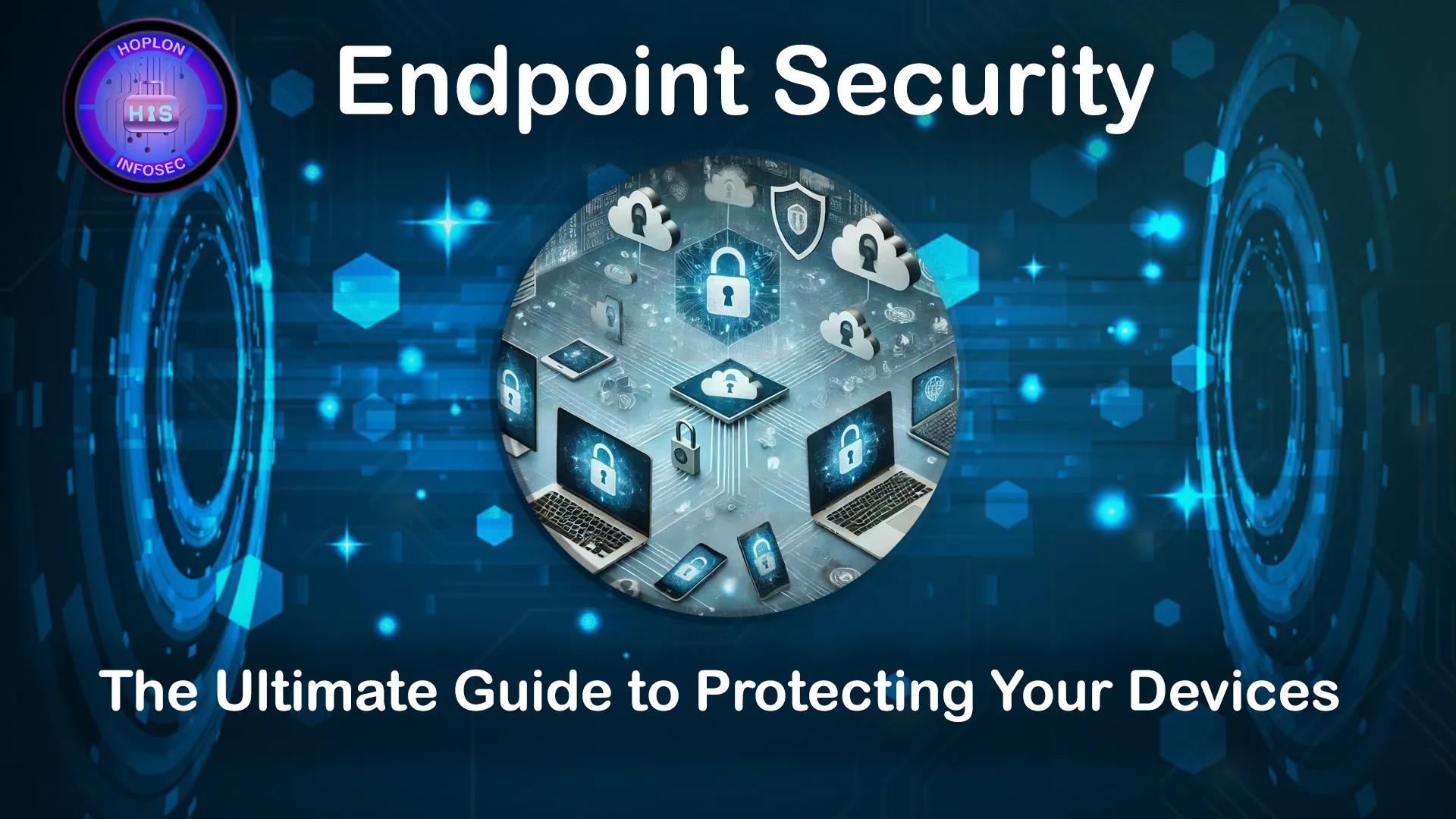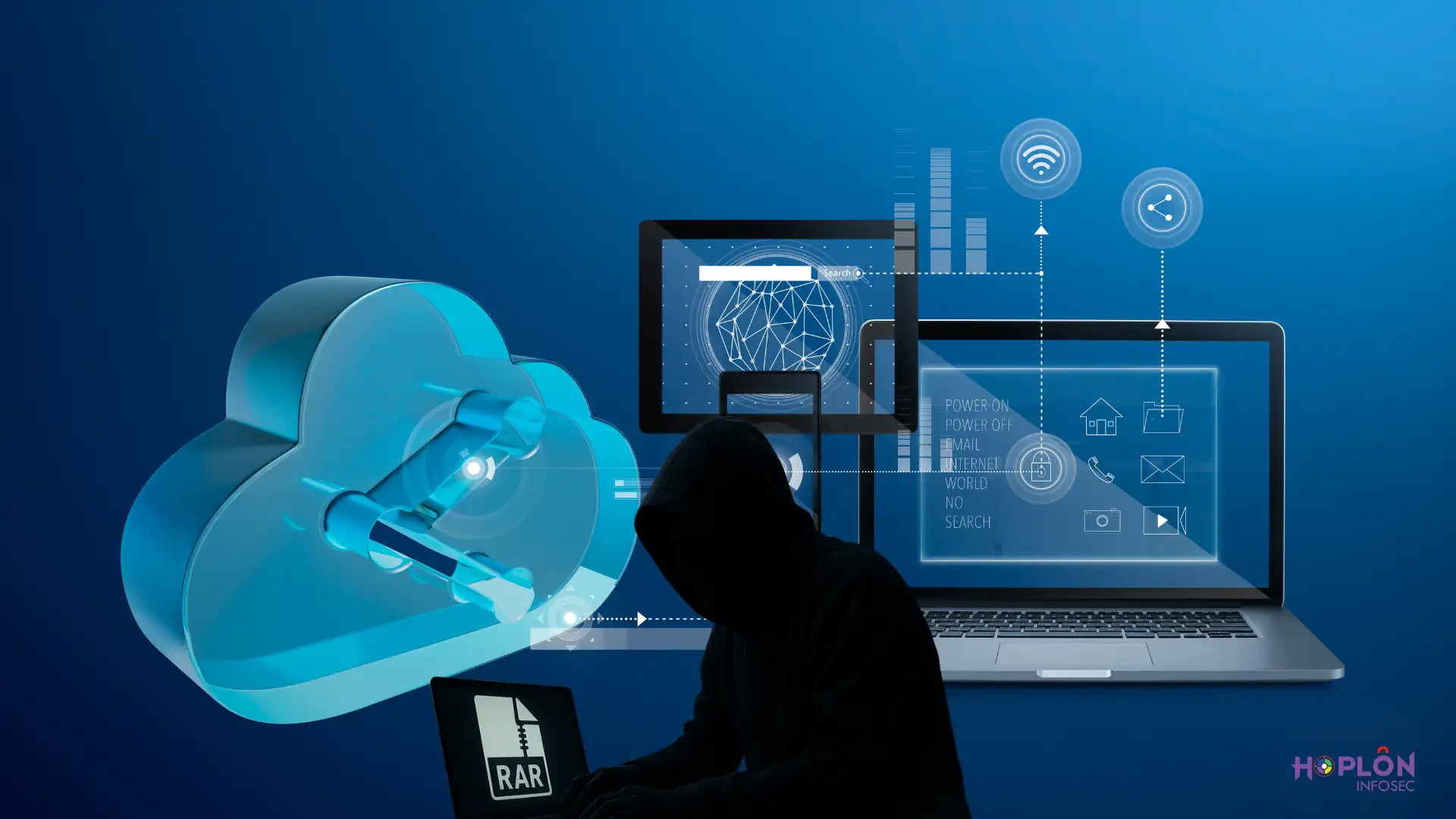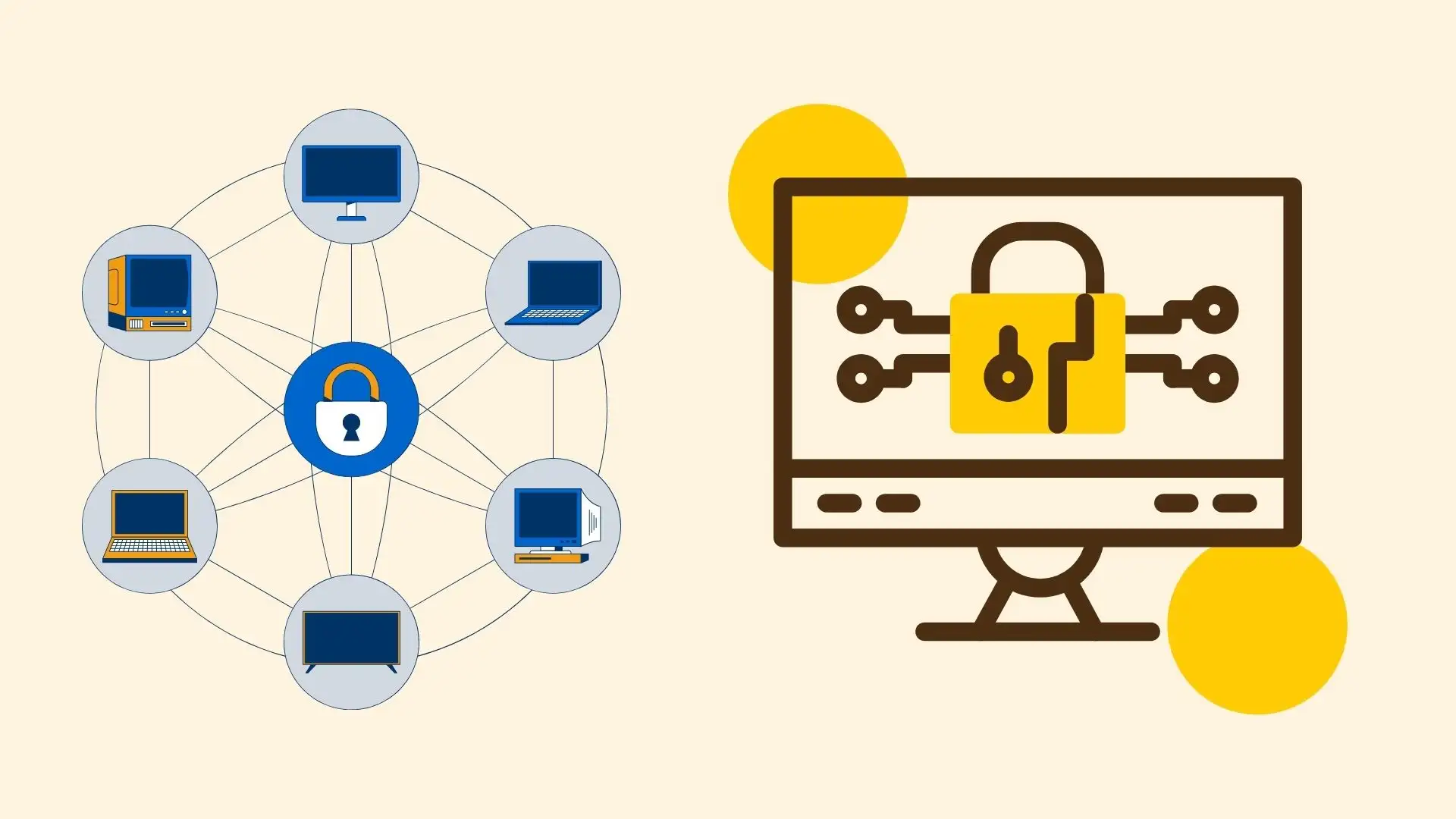In today’s digitally connected world, endpoint security is more critical than ever. As businesses and individuals increasingly rely on laptops, smartphones, tablets, and IoT devices to perform daily tasks, each connected endpoint becomes a potential entry point for cyber threats. Cybercriminals constantly seek new ways to exploit these endpoints, and failing to secure them can lead to data breaches, ransomware attacks, and massive financial losses.
In this comprehensive guide, we will explore everything you need to know about endpoint security in 2025. From understanding what endpoint security is, to how it works, to best practices and real-world examples — this blog post is designed for anyone looking to bolster their knowledge and protection in the ever-evolving cybersecurity landscape.
If you’re seeking a reliable and advanced solution to secure your endpoints, check out Hoplon Endpoint Security. Hoplon offers robust, enterprise-grade protection powered by next-gen technologies tailored for modern business environments.
What is Endpoint Security?
Endpoint security refers to the practice of securing endpoints, or entry points of end-user devices like desktops, laptops, and mobile phones, from being exploited by malicious actors. It involves the use of specialized software and policies that help detect, block, and respond to threats before they can compromise sensitive data.
While antivirus programs were once the primary form of endpoint defense, modern endpoint security goes far beyond that. Today, it includes features such as:
- Antivirus and Anti-malware: Scans and removes malicious software.
- Firewall protection: Monitors incoming/outgoing traffic.
- Data encryption: Safeguards sensitive information.
- Device management: Manages and controls endpoints remotely.
- Intrusion prevention systems (IPS): Detects and prevents unauthorized access.
- Threat detection and response (EDR/XDR): Identifies and responds to complex threats.
- Vulnerability management: Proactively finds and patches weaknesses.
- Application control: Ensures only approved apps are allowed to run.
This layered approach ensures a more resilient defense against both known and unknown threats.
Why is Endpoint Security Important?
With remote work, BYOD (Bring Your Own Device) policies, and cloud computing becoming the norm, the number of endpoints connecting to business networks has exploded. This surge has given cybercriminals more opportunities to exploit weak security protocols. Endpoint attacks can lead to:
- Data breaches
- Financial loss
- Loss of customer trust
- Operational disruptions
- Legal and regulatory penalties
According to IBM’s “Cost of a Data Breach Report 2024,” the average data breach cost rose to $4.65 million globally. In many of these cases, compromised endpoints were the initial attack vector. Small and medium-sized businesses (SMBs) are particularly vulnerable due to limited resources, often making them attractive targets.
Organizations cannot afford to treat endpoint security as an afterthought. Every connected device is a potential door to an organization’s sensitive data and operations.
Hoplon Endpoint Security: A Smart Choice for Modern Protection
Hoplon Endpoint Security is a comprehensive platform designed to secure all types of endpoints across your organization. Whether you’re managing an in-house team or supporting remote employees, Hoplon’s solution offers:
- AI-driven threat detection and response
- Cloud-native centralized management
- Real-time monitoring and alerting
- Easy deployment and scalability
- Advanced ransomware protection and rollback
Its lightweight footprint ensures minimal system disruption while delivering maximum protection, making it an ideal choice for companies of all sizes. Learn more and request a demo here.
Common Endpoint Threats

1. Ransomware
Malicious software that encrypts files and demands payment for their release. Ransomware often enters through phishing emails or malicious downloads. Recent variants also exfiltrate data before encryption, raising the stakes by threatening public exposure.
2. Phishing Attacks
Cybercriminals trick users into providing sensitive data like login credentials. These attacks typically originate through emails, SMS, or even social media. Some campaigns use highly targeted methods called spear-phishing to go after specific individuals.
3. Zero-Day Exploits
These target previously unknown vulnerabilities in software or hardware. Because the vendor is unaware, no patch is available at the time of attack. These are particularly dangerous and often used in targeted attacks.
4. Malware and Spyware
Programs designed to gather information, damage systems, or take control of devices without the user’s knowledge. Some variants stay hidden for long periods, silently collecting data.
5. Insider Threats
Disgruntled employees or careless staff can inadvertently or deliberately compromise endpoint security. These threats can be harder to detect because they often come from legitimate access points.
6. Drive-by Downloads
Users unknowingly download malicious software by visiting a compromised website. These types of attacks often exploit browser or plugin vulnerabilities.
7. Removable Media Threats
USB drives and external storage devices can introduce malware into a secure network when used without proper scanning.
How Endpoint Security Works
Endpoint security solutions typically consist of an agent installed on each endpoint and a centralized management console. Here’s a breakdown:
1. Agent Installation
Each endpoint gets a software agent installed. This agent continuously monitors the device for suspicious activity, scans for malware, and enforces predefined security policies.
2. Central Management Console
A unified dashboard allows IT administrators to manage security policies, deploy patches, review alerts, and take remediation actions from a single location. This is crucial for large networks.
3. Threat Detection and Response
Modern endpoint protection tools use advanced analytics, behavioral analysis, and real-time threat intelligence to detect both known and unknown threats. Solutions like EDR and XDR provide deeper insights and faster containment.
4. Policy Enforcement
Organizations can define and enforce policies to control how endpoints behave. For example, disabling USB ports, blocking specific websites, and forcing VPN usage.
5. Integration with Other Security Tools
Endpoint solutions are often part of a broader security ecosystem. They integrate with firewalls, SIEM systems, identity access management (IAM), and more to create a multi-layered defense.
6. Data Loss Prevention (DLP)
DLP features prevent sensitive data from being transferred outside the organization through unauthorized channels, adding another layer of data protection.
Features to Look for in an Endpoint Security Solution
- Real-time Threat Detection
- Automated Incident Response
- Remote Management and Monitoring
- Data Encryption
- Patch and Vulnerability Management
- Cloud-native Compatibility
- Support for BYOD and Mobile Devices
- Integrated Firewall and Web Filtering
These features not only help prevent attacks but also ensure quick recovery in case of a breach. Scalability, ease of use, and support for various platforms (Windows, macOS, Linux, Android, iOS) are also important considerations.
Real-World Example: The Colonial Pipeline Ransomware Attack
In 2021, Colonial Pipeline suffered a ransomware attack that led to fuel shortages across the U.S. East Coast. The attackers gained access through a single compromised VPN account. The endpoint — in this case, a device used for remote access — did not have multi-factor authentication enabled.
This seemingly small oversight led to massive economic and logistical disruptions. It also highlighted the importance of endpoint protection in critical infrastructure sectors.
Lesson: Even one unprotected endpoint can bring an entire organization to a halt. Comprehensive endpoint protection and access control measures are critical.
Best Practices for Endpoint Security

1. Keep Systems Updated:Regularly update operating systems, software, and firmware to patch vulnerabilities.
2. Implement MFA: Require multi-factor authentication for all endpoints, especially remote access and admin accounts.
3. Conduct Security Awareness Training: Educate employees on how to recognize phishing emails, malicious links, and social engineering attempts.
4. Adopt Zero Trust Principles: Verify all access attempts and never assume any device or user is inherently trusted.
5. Use Network Segmentation: Divide your network into segments so that if an endpoint is compromised, the attacker cannot move laterally across the network.
6. Encrypt All Sensitive Data: Use full-disk encryption and secure file-sharing protocols to protect data both in transit and at rest.
7. Enforce Device Control Policies: Limit the use of removable media, monitor connected devices, and block unauthorized hardware.
8. Monitor Logs and Alerts: Continuously monitor logs for unusual behavior and set up alerts for suspicious activities.
9. Perform Regular Risk Assessments: Identify vulnerabilities in your environment and address them proactively.
10. Backup Data Frequently: Ensure you have regular, secure backups and test them periodically for reliability.
Future Trends in Endpoint Security

1. AI and Machine Learning Integration: As threats evolve, AI-driven systems can recognize new attack patterns and reduce response times.
2. XDR Adoption: Extended Detection and Response (XDR) enables more comprehensive visibility and faster threat correlation across all security layers.
3. SASE (Secure Access Service Edge): Blending networking and security into a single cloud-based solution that supports secure access from anywhere.
4. IoT Security Solutions: Specialized endpoint protection designed for non-traditional devices such as smart thermostats, surveillance systems, and medical equipment.
5. Unified Endpoint Management (UEM): Combines mobile device management (MDM) and traditional endpoint management into one platform.
6. Zero Trust Network Access (ZTNA): Replacing traditional VPNs, ZTNA ensures least-privilege access and verifies every session.
Conclusion
Endpoint security is no longer optional — it’s a foundational component of any robust cybersecurity strategy. As threats grow more advanced and endpoints continue to multiply, businesses and individuals must prioritize securing their devices. By implementing a modern endpoint security solution, adopting best practices, and staying aware of the evolving threat landscape, you can significantly reduce your risk.
Whether you’re an IT professional, a business owner, or a concerned individual, understanding endpoint security is the first step in protecting your digital world. In 2025 and beyond, the endpoint will remain a key battleground in cybersecurity — and staying prepared is the only way to stay protected.
Explore how Hoplon Endpoint Security can help you get there — with next-generation tools built for today’s challenges.
Stay safe. Stay secure.
Insights: Microsoft




